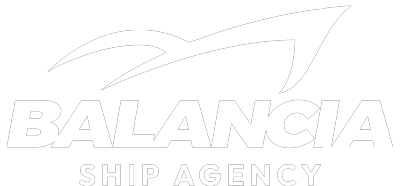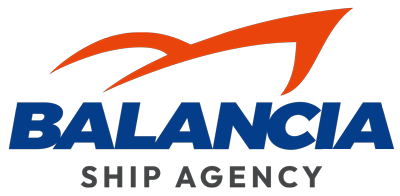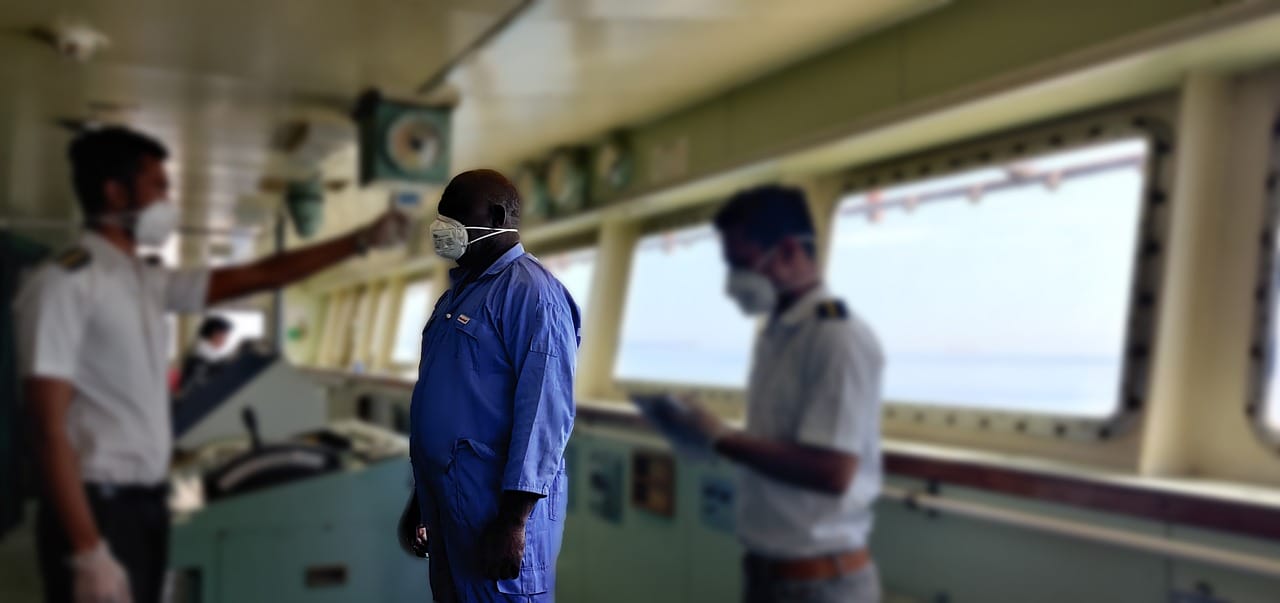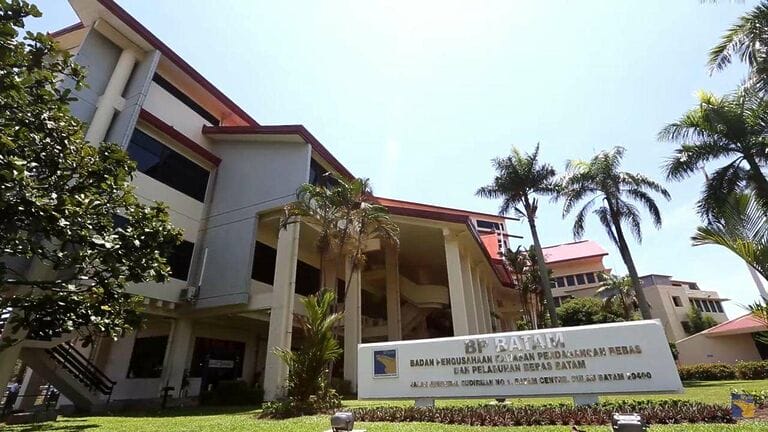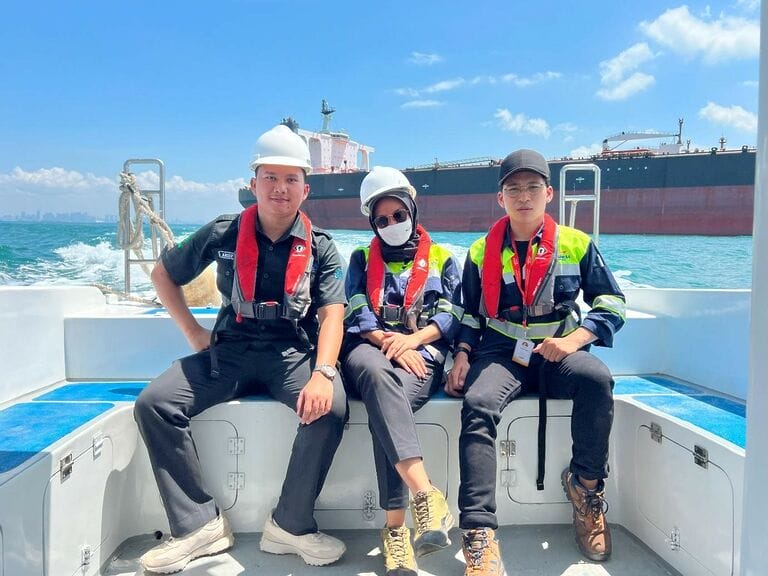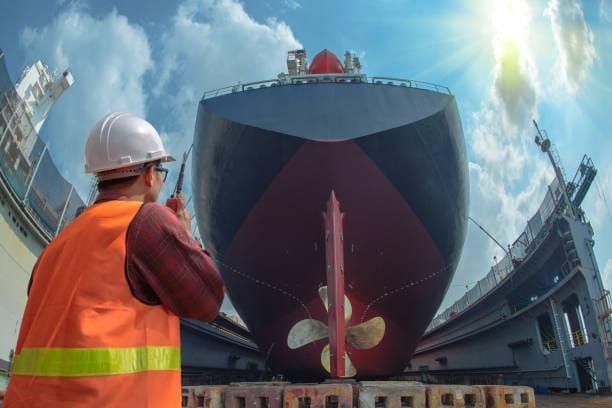The Crucial Role of Crew Change in the Shipping Industry : Boosting Efficiency and Safety
Crew change is a crucial process in the shipping industry that involves the replacement of seafarers who have completed their contracts with new crew members. This process is essential for the safe and efficient operation of vessels, as well as the wellbeing of seafarers. In this article, we will explore the meaning and importance of crew change in the shipping industry, the challenges faced by seafarers and the industry, and the future of crew change processes.
The Challenges of Crew Change
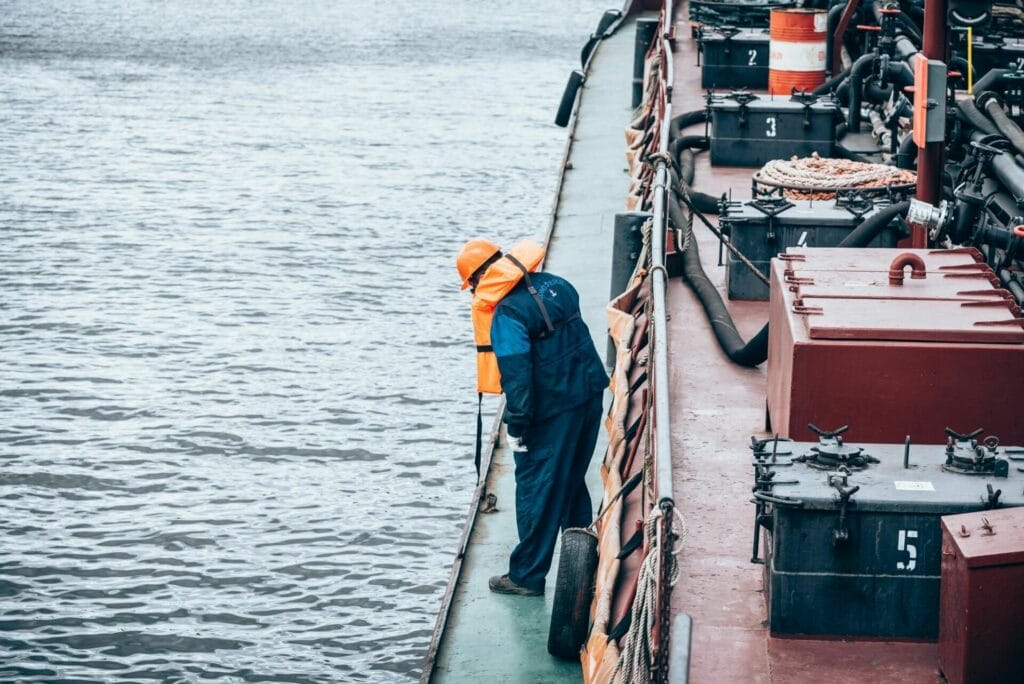
Crew change services in the maritime industry present numerous challenges for port agencies. The dynamic nature of the shipping industry, including changing schedules and unforeseen circumstances, can hinder timely crew transitions. Additionally, compliance with regulatory requirements, logistical complexities, and addressing the well-being of seafarers pose further obstacles. These challenges require port agencies to be flexible, efficient, and proactive in their approach to ensure smooth crew change operations.
Regulatory compliance and documentation, along with securing suitable accommodations and transportation, present logistical challenges for port agencies. Coordinating with immigration authorities, addressing seafarers’s health needs, and navigating limited resources make crew change services complex and demanding. Despite these challenges, port agencies strive to optimize crew change processes, ensuring the efficient and effective transition of seafarers while upholding industry standards and promoting seafarer well-being.
The Importance of Streamlining Crew Change Processes
Streamlining crew change processes has a profound impact on the mental and physical health of seafarers, as well as on the safety and productivity of vessels. By implementing efficient procedures, port agencies can minimize delays and seamlessly handle the administrative tasks associated with crew changes. This ensures that seafarers experience minimal disruption and stress, contributing to their well-being and overall job satisfaction.
Moreover, streamlined crew change processes demonstrate a commitment to seafarers’ welfare and compliance with legal and regulatory requirements. By efficiently managing paperwork, visas, and transportation logistics, port agencies uphold industry standards and mitigate potential risks. This not only enhances seafarers’ safety but also improves compliance and reduces the likelihood of regulatory issues, thereby safeguarding the reputation of the shipping industry as a whole.
The Future of Crew Change Processes
The future of crew change processes in port agency services promises exciting developments that can revolutionize the way seafarers transition between vessels. One significant trend on the horizon is the integration of digital platforms and automation. By leveraging digital tools, port agencies can streamline administrative tasks, enhance communication, and reduce paperwork. Digital platforms can facilitate smoother coordination between various stakeholders, including shipping companies, immigration authorities, and transport providers, enabling real-time updates and efficient resource allocation.
Furthermore, port agencies can also expect to see increased utilization of biometric identification systems for seafarers. Biometrics, such as facial recognition or fingerprint scanning, can enhance security, expedite immigration processes, and eliminate the need for physical documents. This technological advancement will not only improve the speed and accuracy of crew change procedures but also enhance overall safety measures.
In addition to technological advancements, the future of crew change processes will likely involve a stronger focus on sustainability. Green initiatives, such as optimizing transportation logistics to minimize carbon emissions and waste reduction strategies, will become increasingly important. Port agencies will play a crucial role in ensuring that crew changes align with environmental standards, contributing to a more sustainable and responsible maritime industry.
The Role of Industry Stakeholders

Efficient crew change processes are vital in the maritime industry to maintain the well-being and safety of seafarers. Various industry stakeholders play essential roles in ensuring the smooth and effective transition of crews. This article examines the responsibilities and contributions of shipping companies, governments, port agencies, seafarers’ rights and advocacy groups, as well as international organizations towards improving crew change operations.
- Shipping Companies:
- Ensure the safety and well-being of seafarers during crew changes.
- Develop comprehensive crew change policies and procedures.
- Collaborate with port agencies and service providers to facilitate efficient crew transitions.
- Provide necessary resources and support for seafarers during the crew change process.
- Advocate for the rights and welfare of seafarers within the industry.
- Governments:
- Establish clear and consistent regulations pertaining to crew change procedures.
- Collaborate with international organizations and other countries to streamline immigration and visa processes for seafarers.
- Support initiatives to enhance the efficiency and effectiveness of crew change services.
- Facilitate the timely processing of necessary documents for seafarers.
- Promote the well-being of seafarers through the implementation of supportive policies.
- Port Agencies:
- Act as intermediaries between shipping companies, seafarers, and other stakeholders involved in crew changes.
- Provide logistical support and coordination for crew movements.
- Utilize technology and automation to streamline administrative tasks and improve communication.
- Ensure compliance with regulatory requirements during crew change processes.
- Prioritize seafarer well-being by collaborating with accommodation providers and medical facilities.
- Seafarers’ Rights and Advocacy Groups:
- Advocate for the rights and welfare of seafarers during crew change processes.
- Raise awareness of the challenges faced by seafarers in the industry.
- Engage with shipping companies, governments, and international organizations to address issues related to crew changes.
- Provide support and resources to seafarers, including mental health services and legal assistance.
- Collaborate with other industry stakeholders to develop best practices and promote positive change.
- International Organizations:
- Foster collaboration between industry stakeholders to address crew change challenges.
- Develop guidelines and standards for crew change processes.
- Facilitate discussions and knowledge-sharing among shipping companies, governments, and other stakeholders to improve crew change procedures.
- Advocate for the rights and welfare of seafarers at a global level.
- Provide support and resources to countries and organizations in implementing efficient crew change practices.
By recognizing the important roles played by shipping companies, governments, port agencies, seafarers’ rights and advocacy groups, and international organizations, the industry can work together to enhance crew change processes. Effective coordination and collaboration among these stakeholders are crucial to ensuring the safety, well-being, and rights of seafarers during crew transitions.
Best Practices for Crew Change Processes
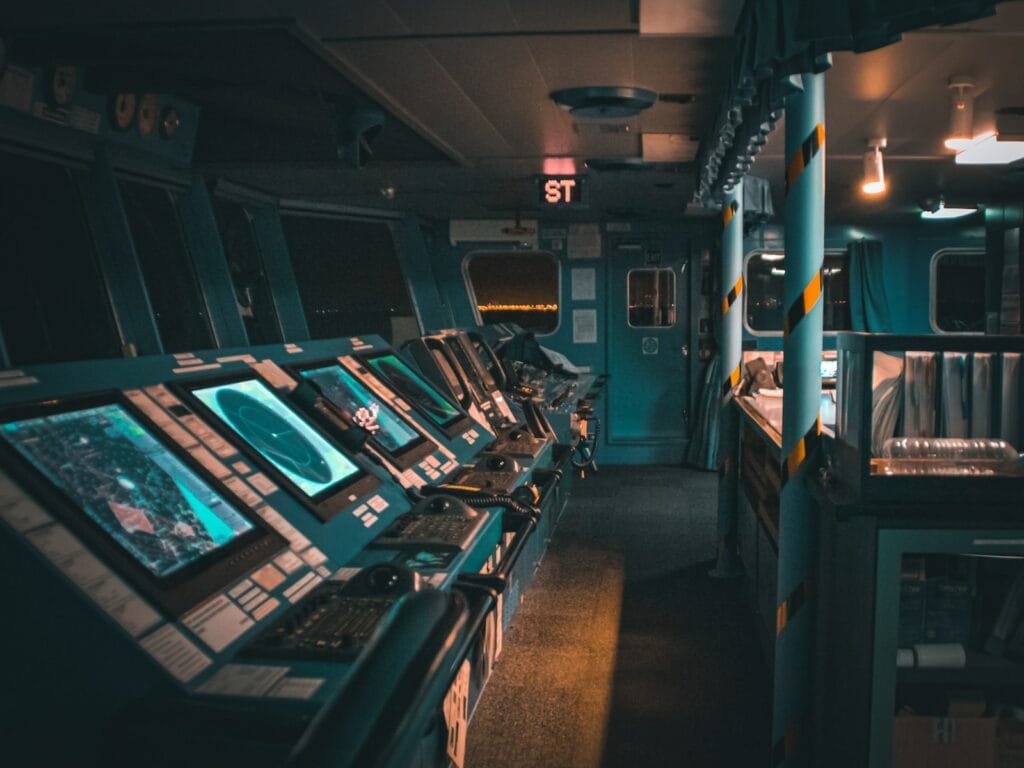
Efficient and effective crew change processes are essential for the smooth flow of shipping operations. Port agencies play a crucial role in ensuring seamless crew transitions, allowing vessels to maintain productivity and adhere to schedules. To optimize crew change procedures, port agencies can implement a range of best practices. The following points outline key strategies to make crew change services more efficient and effective.
- Enhanced Planning and Communication :
- Proactively plan crew changes, considering potential schedule changes and contingencies.
- Establish clear communication channels with shipping companies, seafarers, and relevant stakeholders to ensure smooth coordination and minimize delays.
- Streamlined Regulatory Compliance:
- Maintain updated knowledge of immigration regulations and requirements in different countries.
- Facilitate the timely processing of visas, work permits, and necessary documentation through efficient coordination with immigration authorities.
- Efficient Logistics Management:
- Develop strong partnerships with reliable transportation providers to ensure seamless movement of crew members.
- Optimize transportation logistics through advanced scheduling, route planning, and coordination, especially in remote or congested areas.
- Prioritizing Accommodation Availability:
- Proactively secure suitable accommodations in advance, considering the specific needs and preferences of seafarers.
- Collaborate with accommodation providers to ensure availability, quality, and proximity to ports, minimizing disruptions during crew changes.
- Focus on Seafarer Well-being:
- Establish protocols to address seafarers’ health needs, including access to medical facilities and essential amenities during crew transitions.
- Implement wellness programs and support services to promote seafarers’ mental and physical well-being throughout the crew change process.
- Continuous Process Improvement:
- Regularly evaluate crew change procedures to identify bottlenecks and areas for improvement.
- Embrace digital solutions and automation to streamline administrative tasks, enhance communication, and improve overall efficiency.
By implementing these solutions, port agencies can overcome the challenges associated with crew change services, ensuring smoother operations, compliance with regulations, and prioritization of seafarer well-being. These practices facilitate efficient and effective crew transitions, contributing to the overall success of port agency operations in the maritime industry.
Conclusion
In conclusion, crew change is a crucial process in the shipping industry that is essential for the safe and efficient operation of vessels and the wellbeing of seafarers. Streamlining crew change processes can have a positive impact on seafarers’ mental and physical health, as well as improve safety and productivity on board vessels. It is essential for industry stakeholders, including shipping companies, governments, and seafarers’ rights groups, to collaborate and prioritize the development of sustainable and efficient crew change processes.
Need Help For Crew Change In Indonesia ? Contact Us Now!
BALANCIA SHIP AGENCY
HQ Address : Komplex Ruko Golden City Block C No.3A, Batam City, Indonesia 29432
www.balancia.co.id
Mobile Ph. : +628112929654
Office Ph. : +627784883769
